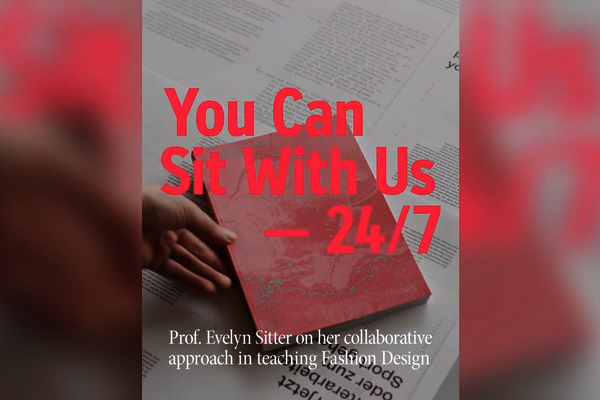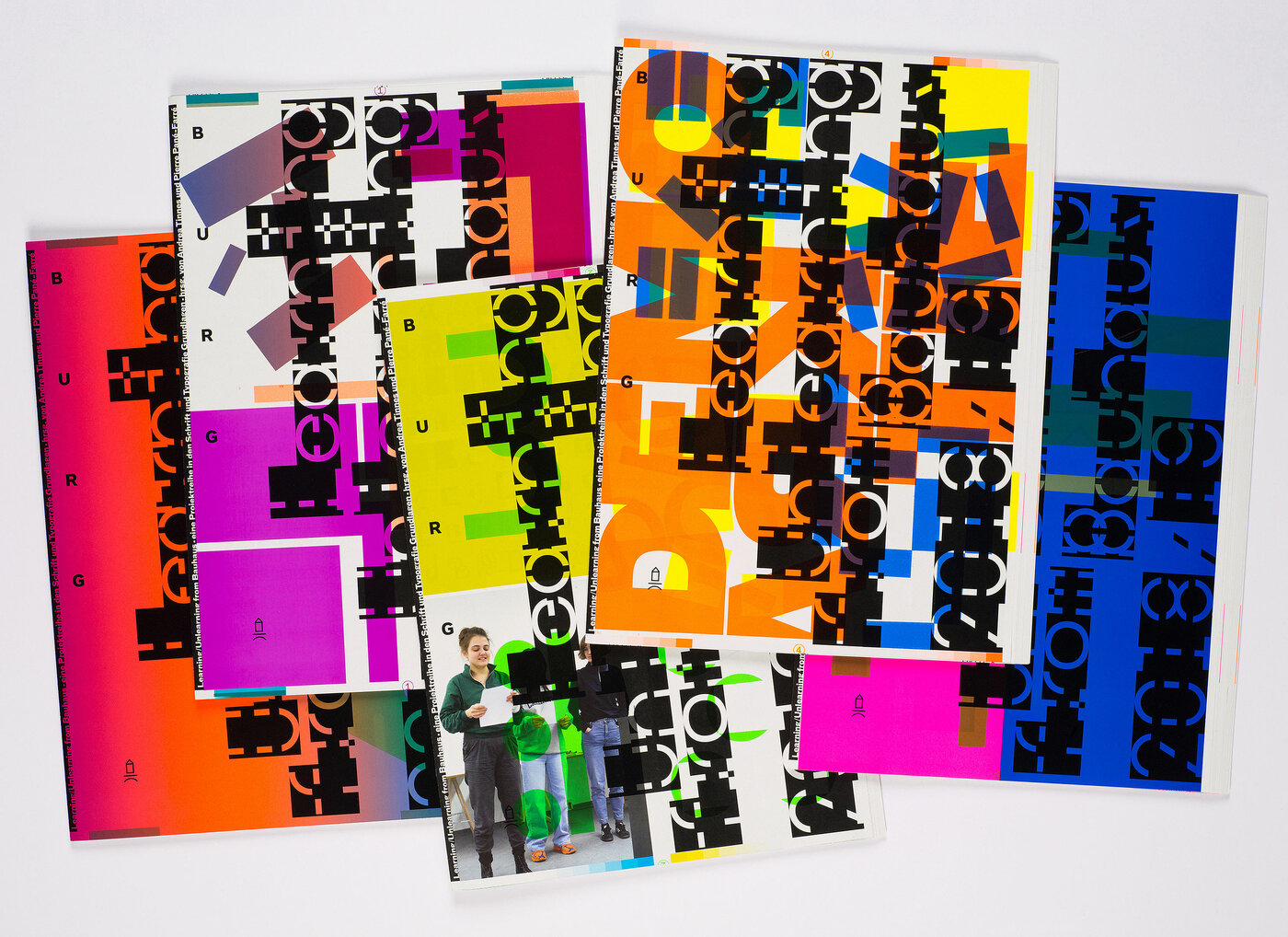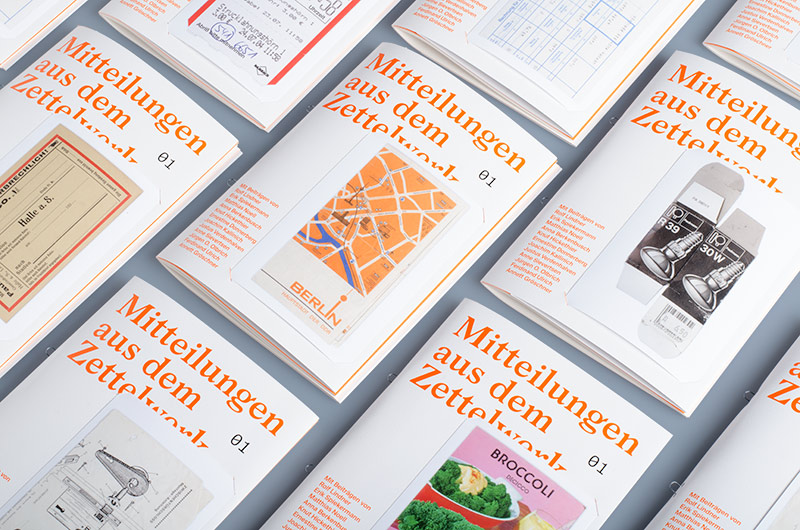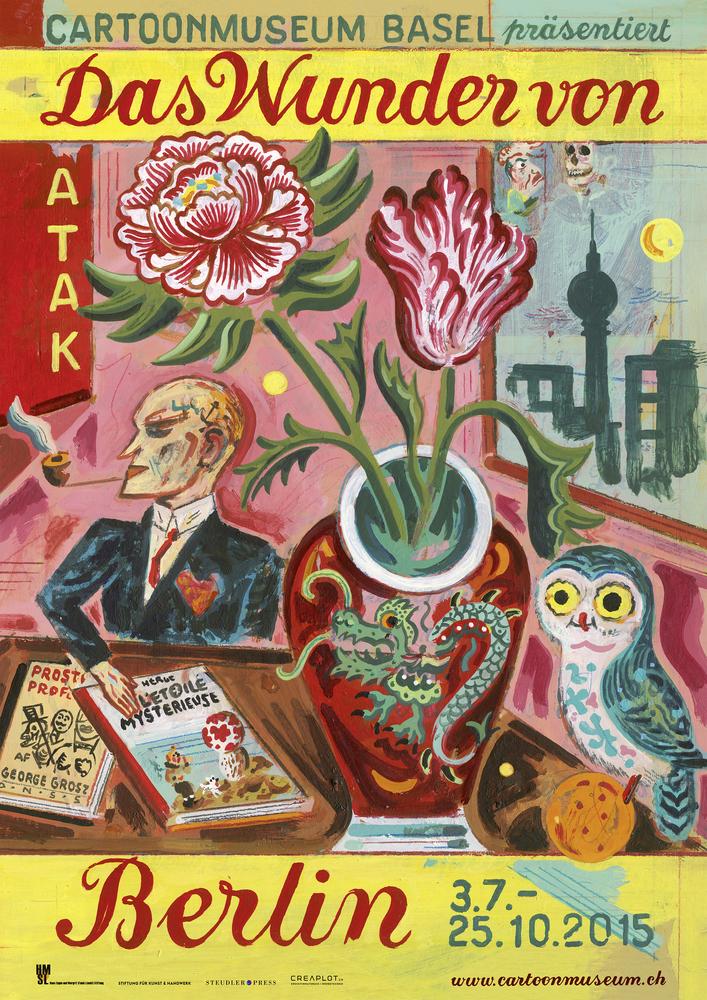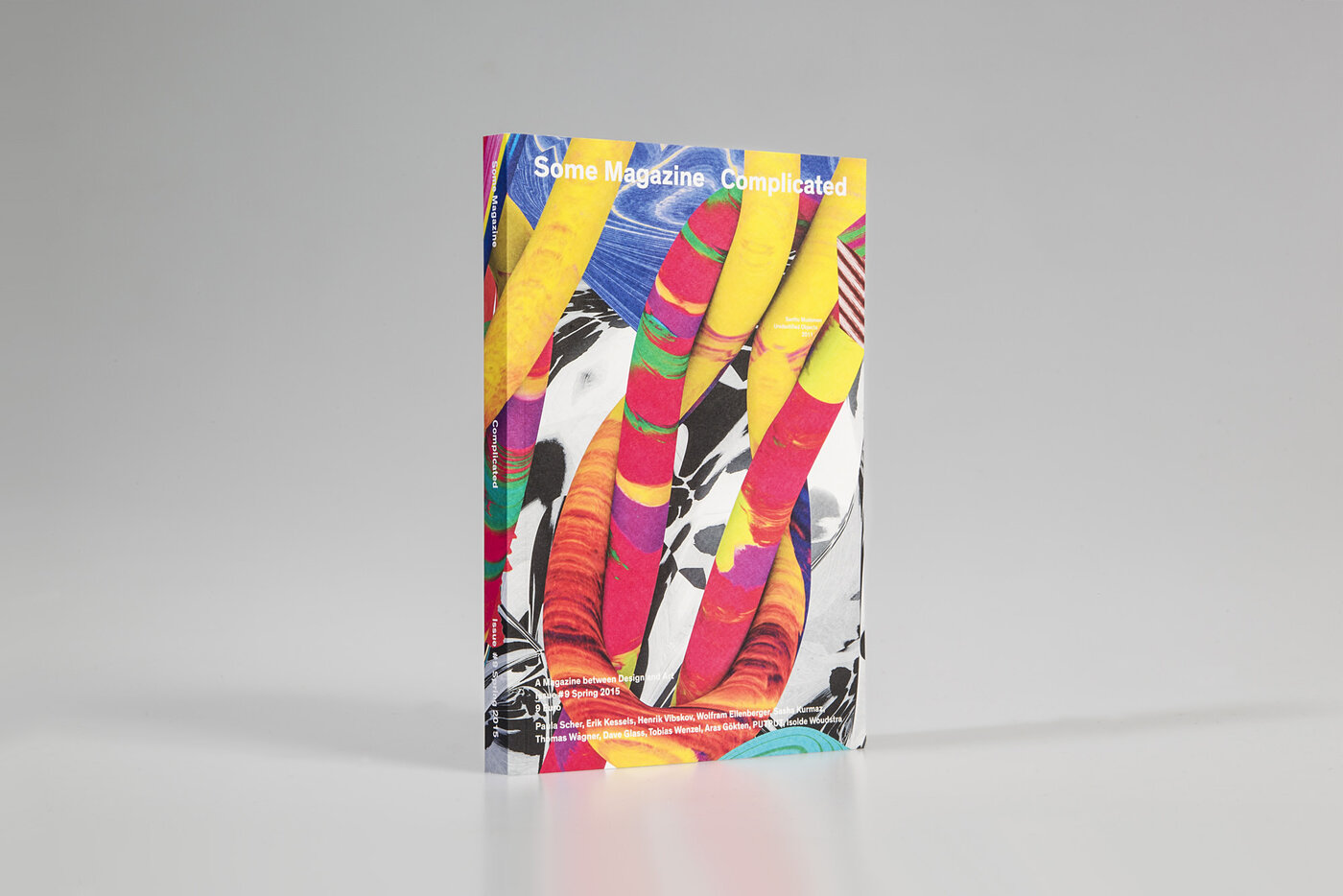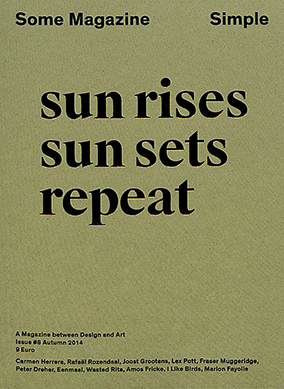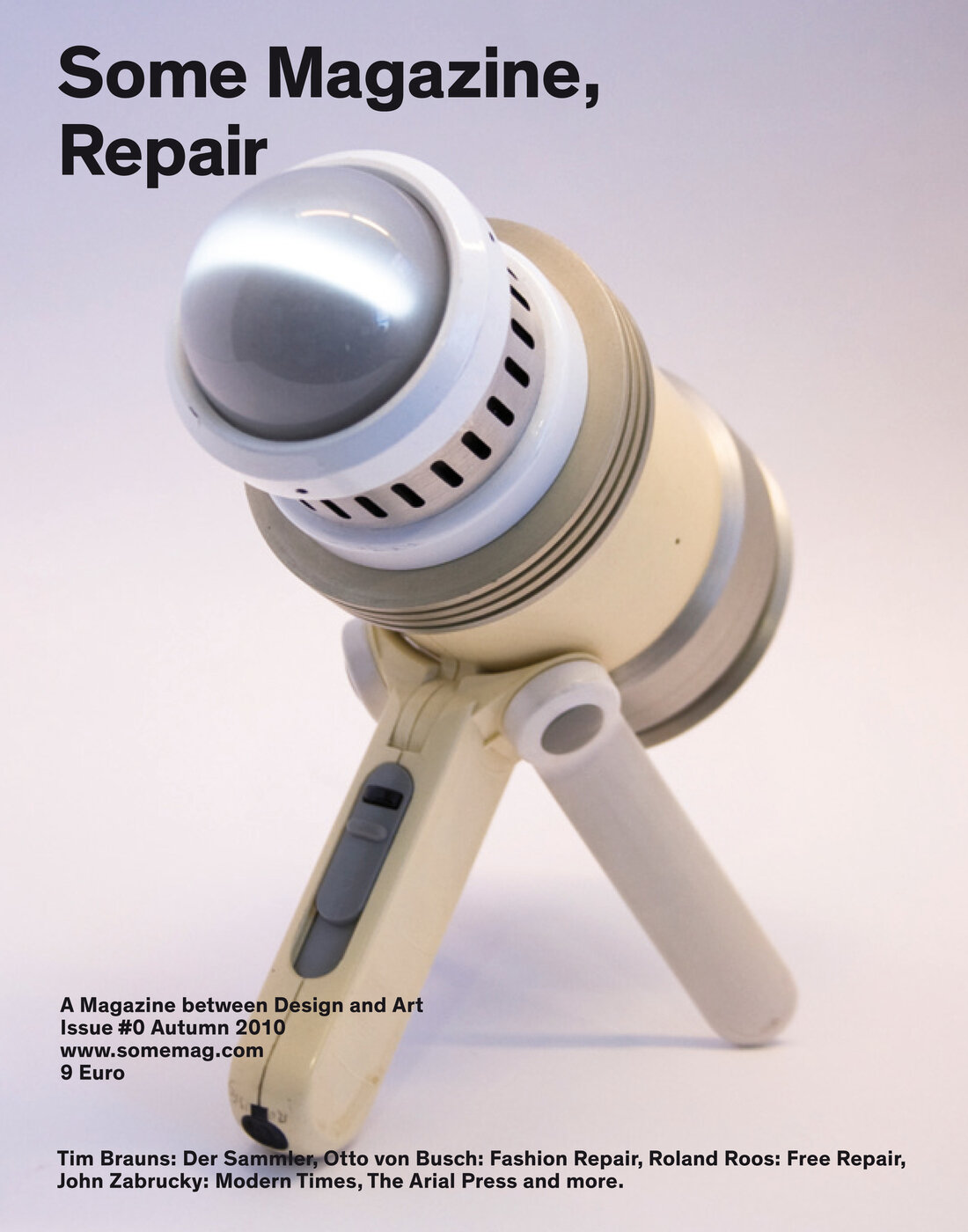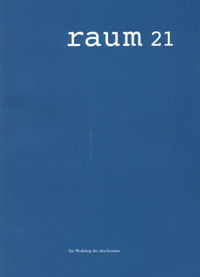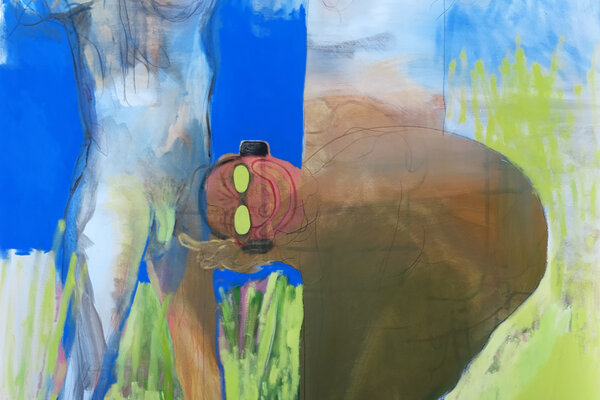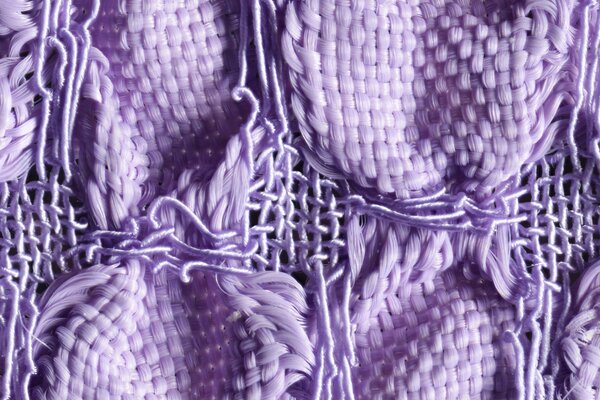Aim of the study
The programme at the university offers an artistic-practical and a theoretical-scientific approach: every modern education in design requires practice and discourse. In addition to the ability to express themselves professionally in modern design languages, students should also acquire the competence to work in an interdisciplinary manner and to develop complex information and communication strategies. They are introduced to the task of playing a responsible role in the design and realisation processes of a global world.
Teaching content
The Communication Design study course at Burg Giebichenstein University of Art and Design Halle is oriented towards the practice and requirements of design work in a changing society. Communication design deals with the transformation, structure and preparation of information for different areas of life. In addition to well-known disciplines such as photography, graphic design, typography, corporate design and so on, this includes the exploration and design of communication processes and systems. This translation work by designers plays a central role in the knowledge society. The development of the study course at Burg Giebichenstein University of Art and Design Halle incorporates the latest social trends into its teaching. The study of interdisciplinary design principles plays just as important a role as the reflection of the media age through a focus on theoretical work.
Course of study
The study course is oriented towards the social practice of communication design. Overlapping or joint work in the fundamentals with the areas of art is what makes the programme so special. In the foundation course, the combination of scientific and theoretical areas and artistic design fundamentals creates a broad and well-founded basis for later interdisciplinary thinking, planning and action.
In the first year of study, interdisciplinary design fundamentals are primarily offered with all degree programmes in the Department of Design. Basic teaching areas: Colour Light Space, Interactive Design, Material Form Object, Sculpture and Nature Study, Typeface and Typography, Drawing.
In the second year of study, the range of specialised subjects is expanded. Here, students are prepared for project work in the main degree programme. Specialised training in subjects including: typography, illustration, lettering, photography, electronic media.
In the main study programme, the skills acquired in the basic study programme are applied. Students can choose between the following specialisations: Information Design/Interdisciplinary Design, Illustration/Drawing Design, Communication Design/Editorial, Type/Typography.
Theoretical and aesthetic aspects are included in the conception and design work, and the conditions of contemporary production and production methods are tested during realisation. The related sciences are also offered here. There are comprehensive theory courses in art and design history, psychology of the media, aesthetics, etc.
Prerequisites
General higher education entrance qualification and artistic aptitude. Three-month pre-study internship in a communication-orientated company, e.g. publishing house, design office, trend research, advertising or media agency, photo studio, etc. Basic knowledge of photography and computer skills. Having your own laptop is a prerequisite.
Degree
Bachelor of Arts (B.A.)














